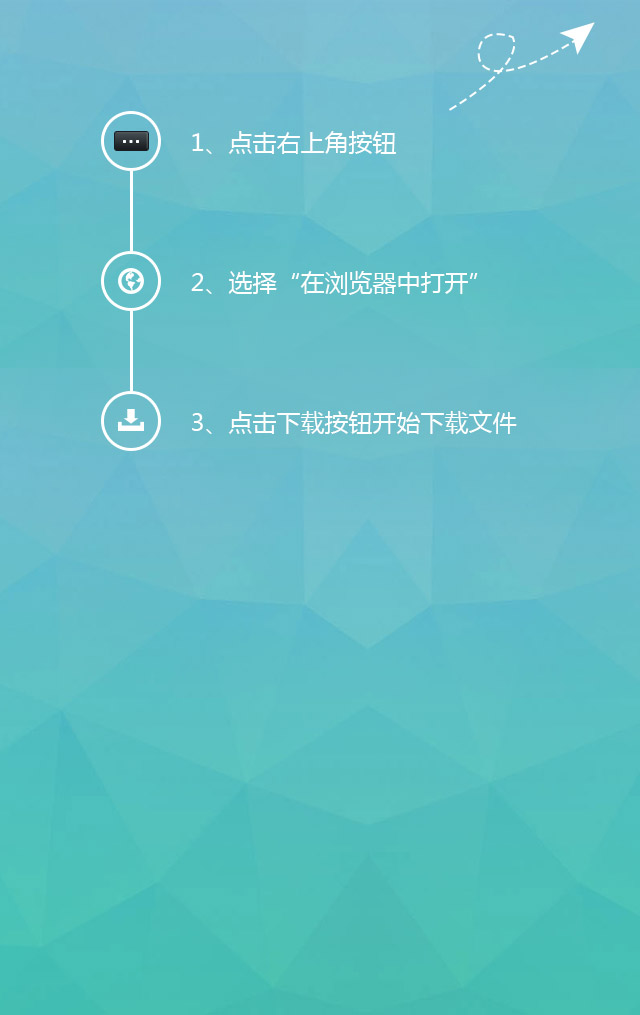A Brief Discussion on the Performance Requirements of TPU Wire Harness Material
More and more high-end customers in the market have increasingly high requirements for the performance of wire harness materials. Now, let me explain to you what are the performance requirements for TPU materials?
1. Weathering resistance:
Due to the influence of UV and sunlight, TPU may become brittle This change starts from the surface, and the material begins to turn yellow, which may lead to a decrease in its mechanical properties But it can be avoided by adding UV stabilizers and pigments
2. Resistance to substances, gasoline and lubricants, acidic substances, and alkaline solutions:
Chemical substances can cause varying degrees of changes in the properties of TPU materials The resistance to specific chemical substances mainly depends on their concentration and temperature Overall, TPU has good resistance to gasoline and lubricants, but if TPU is exposed to gasoline and lubricants, the additives and pollutants contained in the material may cause irreversible damage TPU has good resistance to ASTM tested gasoline, even after being stored at a temperature of 100 ℃ for several weeks At room temperature, TPU can be left for a short period of time in diluted acidic substances and alkaline solutions
3. Fire resistance performance:
There are various evaluation standards and requirements for the fire resistance performance of TPU For the cable industry, VDE804TestB is commonly used for evaluation The automotive industry adopts FMVSS302 (Federal Motor Vehicle Safety Standard) All levels meet this requirement UL94 is an important international standard Its flame retardancy cannot reach HB level, and the flame retardancy level IROGAN 78P4766 is listed in yellow. When it reaches UL 94 VO, the thickness is between 1.5-2.2mm A 85 P and A 85 P 4380 are usually evaluated using V2 and VO, depending on the thickness of the sample Yellow card listing project has been applied for
What is the resistance to microbial attacks?
PE based TPU is commonly used in the industry to resist microbial attacks According to DIN57472 (VDE472-804), its saponification value is less than 200mg KOH/g. It meets the requirements of VDE 0282-10
Recommend
-

-

QQ Zone
-

Sina Weibo
-

Renren.com
-

Douban

